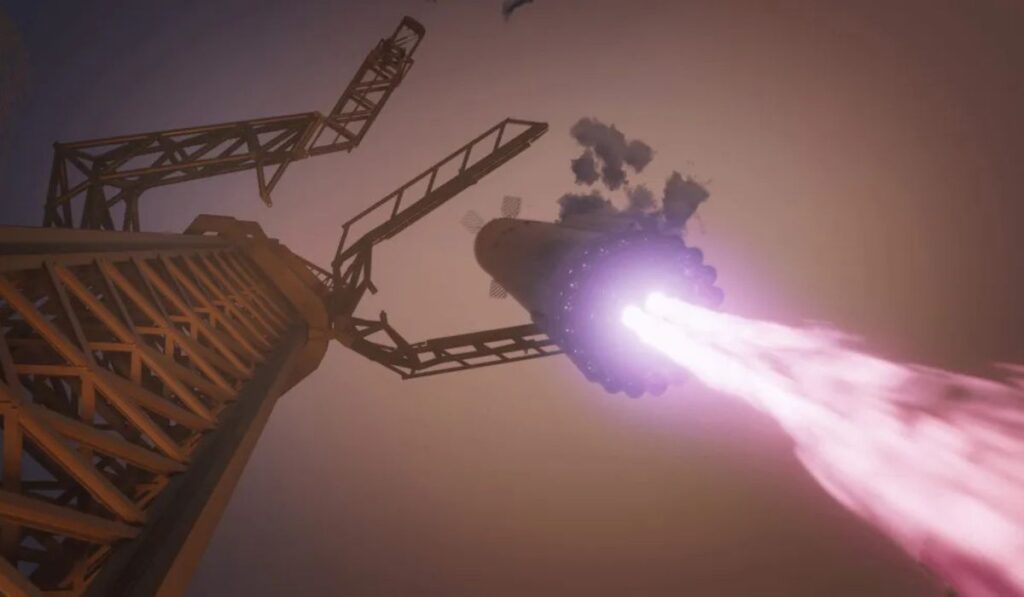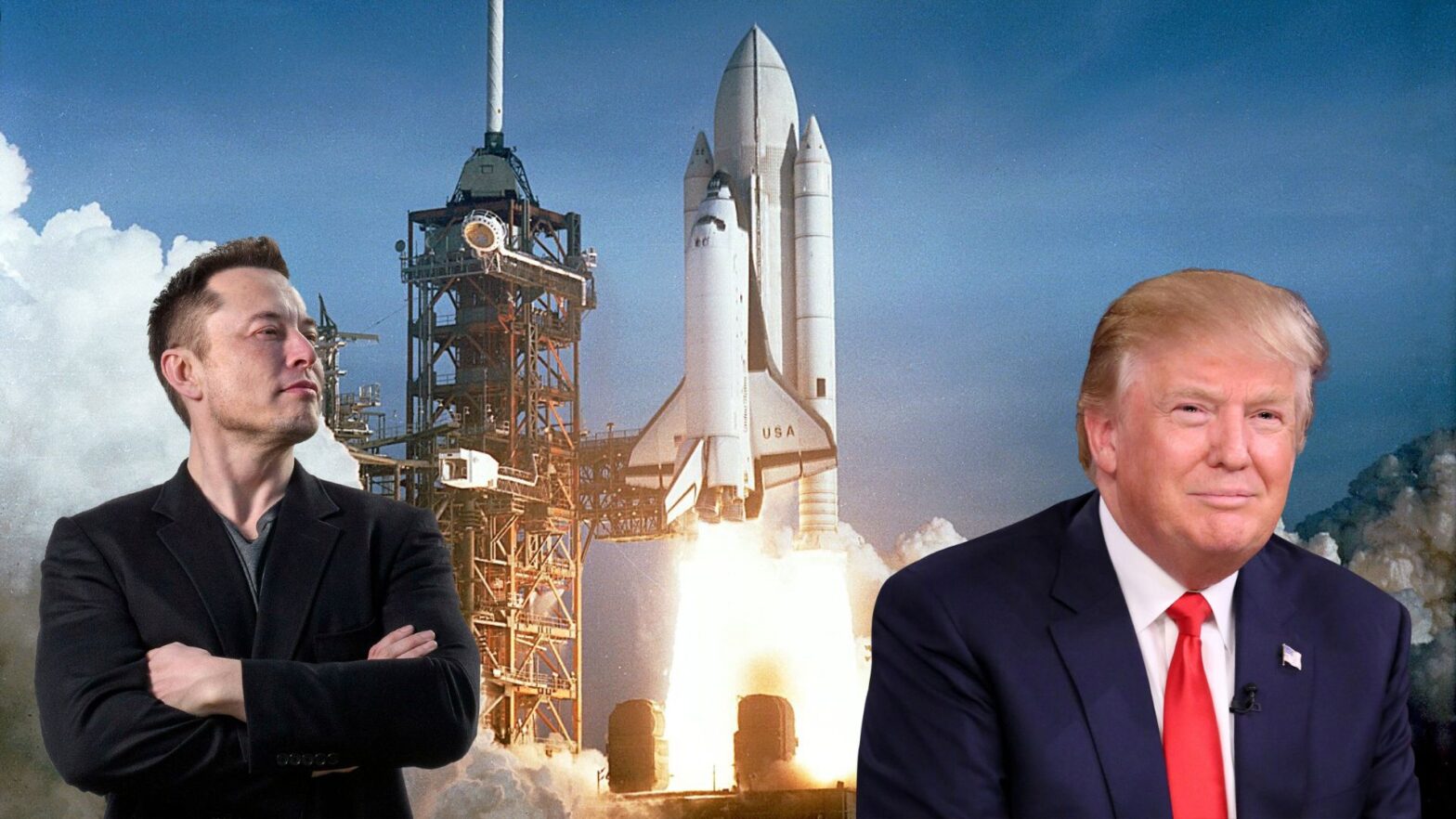On November 20, 2024, SpaceX launched its sixth test flight of the Starship rocket from its facility in Boca Chica, Texas. The launch attracted significant attention, with President-elect Donald Trump and SpaceX CEO Elon Musk observing the event. Despite an otherwise successful mission, the Super Heavy booster, designed to return to the launch tower using a catch-landing mechanism, failed to perform as expected. Instead, it splashed down in the Gulf of Mexico. This setback, while disappointing, did not overshadow the successful upper-stage operations of the Starship rocket.

SpaceX’s Starship program aims to create a fully reusable spacecraft capable of supporting missions to the Moon, Mars, and beyond. The Super Heavy booster is central to this vision, designed to land back on the launch tower after separation. Previous flights had successfully demonstrated this method, raising hopes for its eventual consistency. However, during this latest launch, the booster experienced technical issues that led to its diversion into the ocean instead of returning to the tower, a decision made after health checks revealed that the recovery system was not optimized for the catch attempt.
While the booster’s failure to land is a notable issue, the rest of the mission marked progress for SpaceX’s long-term goals. The upper stage of Starship successfully completed a series of key objectives, including a controlled splashdown in the Indian Ocean and the first in-space restart of its Raptor engine. These achievements highlight SpaceX’s continued efforts to refine its technology, even if the road to perfecting the booster recovery process remains bumpy.

Experts have pointed out that setbacks like this are common in experimental flight testing. According to NASA Administrator Bill Nelson, the Starship program’s achievements, such as the engine restart in space, represent “major progress” toward orbital flight. Despite the booster landing failure, these developments are essential for the broader ambitions of NASA’s Artemis program, which aims to return astronauts to the Moon, and SpaceX’s plans to eventually send humans to Mars.
The impact of this setback on SpaceX’s Mars colonization efforts remains to be seen. While technical challenges such as booster recovery may cause delays, the company’s rapid pace of development and its history of overcoming obstacles provide hope that the mission’s timeline will stay on track. However, frequent failures could raise concerns among investors and the public about the viability of SpaceX’s Mars ambitions, which are scheduled to begin with uncrewed missions in the mid-2020s.
Moreover, the presence of Trump at the launch highlighted the deepening ties between the SpaceX founder and the U.S. government. Musk has often expressed frustration with the Federal Aviation Administration’s (FAA) oversight of SpaceX’s operations. However, the FAA’s swift approval of the Starship launch indicates a growing alignment between SpaceX and the regulatory body. As the company prepares for future missions, both to the Moon under NASA’s Artemis program and to Mars, the support of the U.S. government could prove pivotal.
As SpaceX continues its journey toward Mars, the recent setback underscores the complexities of developing reusable rocket technology. With continued testing, refinements, and support from both Musk and the government, SpaceX is likely to continue pushing the boundaries of space exploration, even if it means encountering setbacks along the way.
According to Reuters, SpaceX President Gwynne Shotwell expressed confidence in the company’s ability to overcome challenges, stating that they could potentially conduct 400 Starship launches within the next four years. This ambition reflects the company’s unwavering focus on advancing its space exploration technologies.
In conclusion, while the failure to land the booster was a setback, it is a temporary issue in SpaceX’s ongoing development. As Musk and SpaceX work toward their ambitious goals, this mission will likely serve as another steppingstone in the quest to make space travel more reliable and cost-effective.















